Interview / Exhibition WALDEN, castle Hollenegg (AT)
Interview with Alice Stori Liechtenstein about Walden and with Crafting Plastics! Studio which takes a part in it this year.
The Schloss Hollenegg for Design platform was set up by Alice Stori Liechtenstein who moved in with her husband Alfred and her three children to the Hollenegg castle (built in 1163) a few years ago.
In 2015, Alice started to support young and perspective (or as she calls them “emerging”) designers, making an artist residency space for research, focused thought and critical approach. Each year, she invites three or four designers to reside at her castle for about ten days to work around the theme brought up by the curator. The projects are then presented during the exhibition together with other ca. 20 designers from the world. We were talking to Alice Stori Liechtenstein and the designers from Crafting Plastic! that are showcased at the ongoing Walden exhibition opened at the beginning of May.
Interview with Alice Stori Liechtenstein
LH: The Walden exhibition at Schloss Hollenegg took place in non-standard – unique conditions of the world pandemic – how did you experience it and did it somehow affect your original curatorial concept?
ASL: I was in a sort of denial for a long time and was sure we would be able to open for the public. When I finally realised that that would not be the case, I had a moment of defeat before realizing I simply could not cancel. So I decided it was a wonderful time to experiment and try out different mediums. We made a video and a 3D mapping of the rooms so that the viewers would be able to explore the exhibition online. Also we live streamed the opening! It is obvious that however amazing technology can be it will never substitute the physical presence, but it is exciting to have tools at our disposal that allow us to discover and explore even when we are not able to travel.
The original concept of exhibition was very much about nature, especially about our dysfunctional and power relationship with it. Now nature has shown her full strength when the microscopic virus has paralysed almost the entire world.
Do you think that it will finally move society more towards real changes in favour of protecting the planet? And how do you think this will change the design community and its priorities?
I think that we need to change our approach to nature before we are able to save the planet. I don’t think it is necessary to choose between technology and environment or artificial and natural but we do need to have a different understanding of what it means to leave in symbiosis with nature. Nature is not romantic, we cannot opt for a sanitised, domesticated version of it. We need to stop seeing nature as a garden landscape to tame or protect. We need to embrace the undomesticated, feral side of nature and allow pockets of wilderness to take over. Being in lockdown has made us crave nature and has shown us how the moment we step back we are making space for plants and animals to take back their natural environment. I hope we will not forget immediately what we have experienced.
Could you explain a little bit more about the background of contemporary design exhibitions at Schloss Hollenegg, I know you’ve been the curator of several exhibitions?
Schloss Hollenegg for Design is a non profit institution and the aim is to support the growth and understanding of design culture. By creating a space and a place for design research, thinking and critique, Schloß Hollenegg for Design offers a stage to young, talented, emerging designers. Every year for the last five years we have organised a contemporary design exhibition in the historical rooms of the castel which are not normally open to the public. The idea is to discuss socially relevant topics and offer a cultural program in a non urban area.
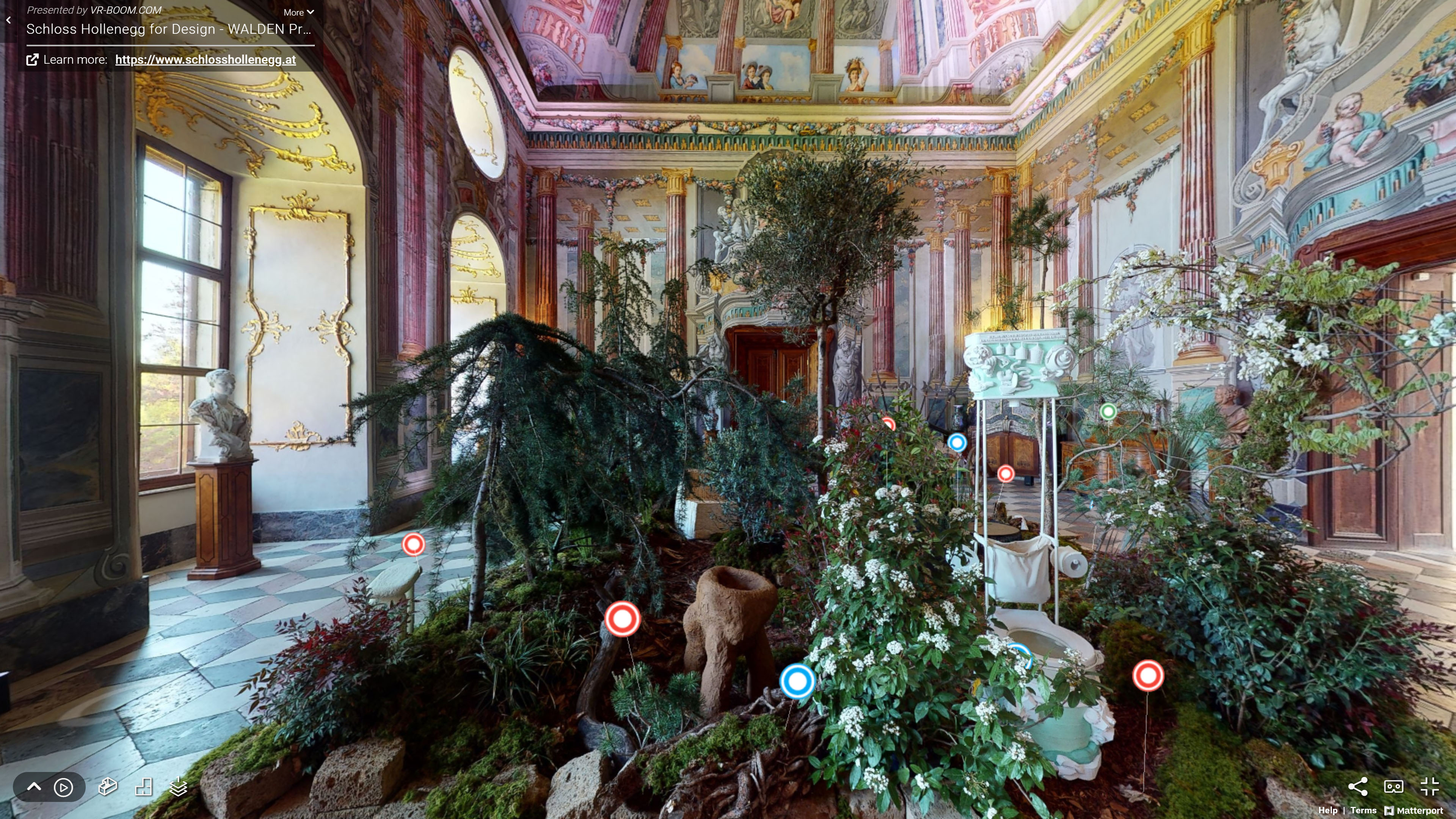
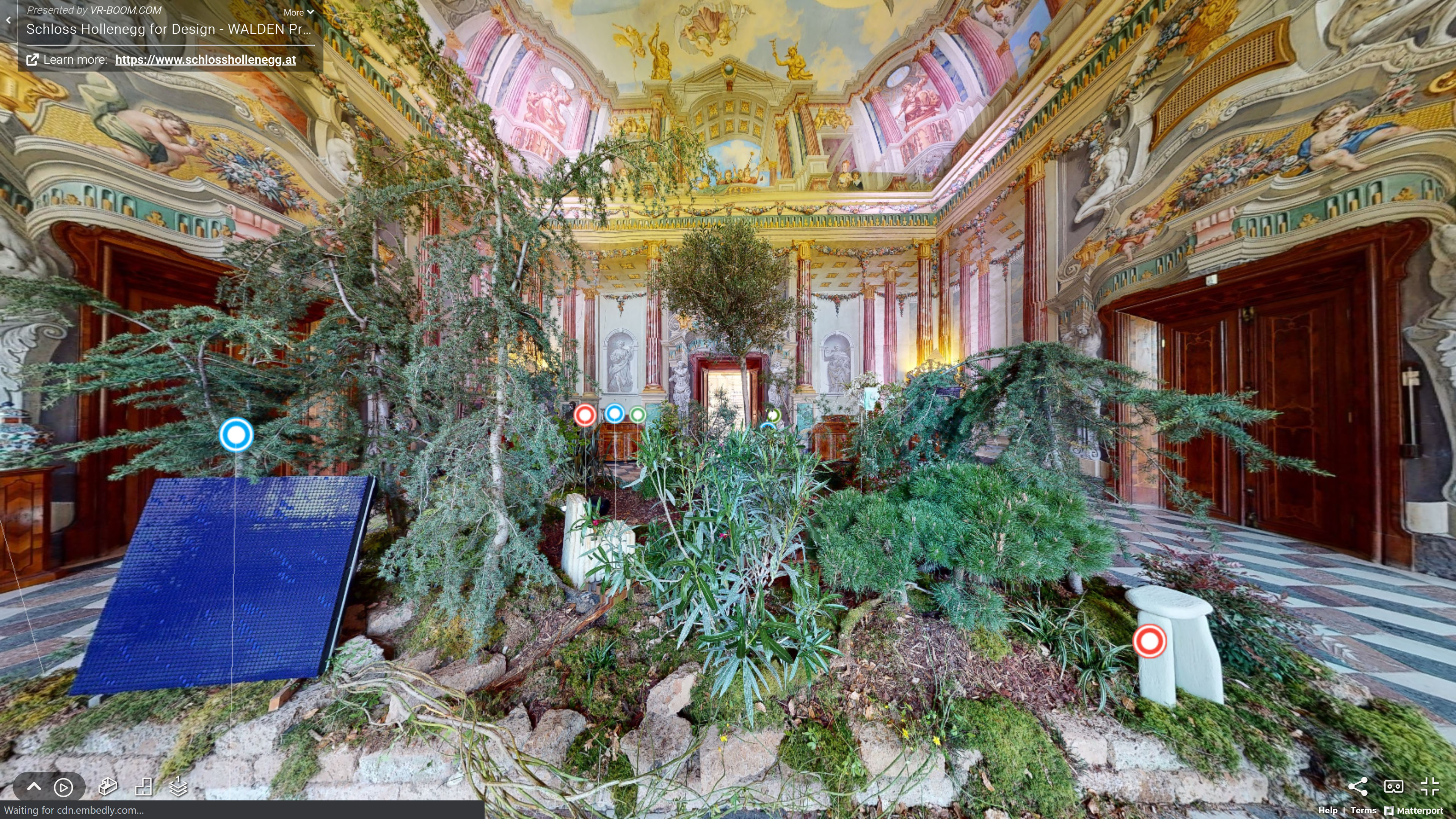
WALDEN 2020, Schloss Hollenegg, screenshot from virtual exhibition.
Let’s go more specifically to the current exhibition Walden. How did you formulate the assignment for the designers and what were the limits?
The brief was very straightforward: I wanted to keep the conversation on ecology going but without any of the politicised and guilt inducing narrative which is so common at the moment. So I just asked them to bring a pocket of wilderness in our everyday life. Most of the projects we present are especially designed and produced for the exhibition, so I would say the designers shape a great deal the final outcome. I give the brief at the beginning and try and guide them along so that the projects are different and complementary, but I also leave a lot of freedom to them to develop their ideas and visions.
In the hashtags for the exhibition, you work with the term circular design, could you explain it more? How do you perceive this term (movement) in the context of the current design scene?
Circular design follows the principles of the circular economy, which aims at eliminating waste and reuse and recycle resources. Circular design should aim at designing products that are in use for longer, and looks at innovative ways to use waste as a resource for production. It is one of the solutions we have at our disposable to produce products and system which are more respectful of the environment.
Could you pinpoint some projects from the exhibition? Something that really surprised you?
I am always surprised by how the designers in residence respond not only to the brief but also to the castle and how they find ways of fitting their style and research within the historical constraints of the place. So Crafting Plastics have managed to insert a window seamlessly, Charlap Hyman and Herrero have created a timeless wallpaper, Klemens Schillinger has designed a lamp for those rooms that have no electricity and Marlene Huissoud was inspired by the insects that populate the vines.
Do you think, that after this experience the world will be as it used to be?
I would definitely love some things to go back to what they used to be – I miss the social contacts of work and the travelling, but I think some changes which were already due to happen have been accelerated. I am still trying to envisage in which ways things are going to be different. I think for sure we are going to take a lot less for granted!
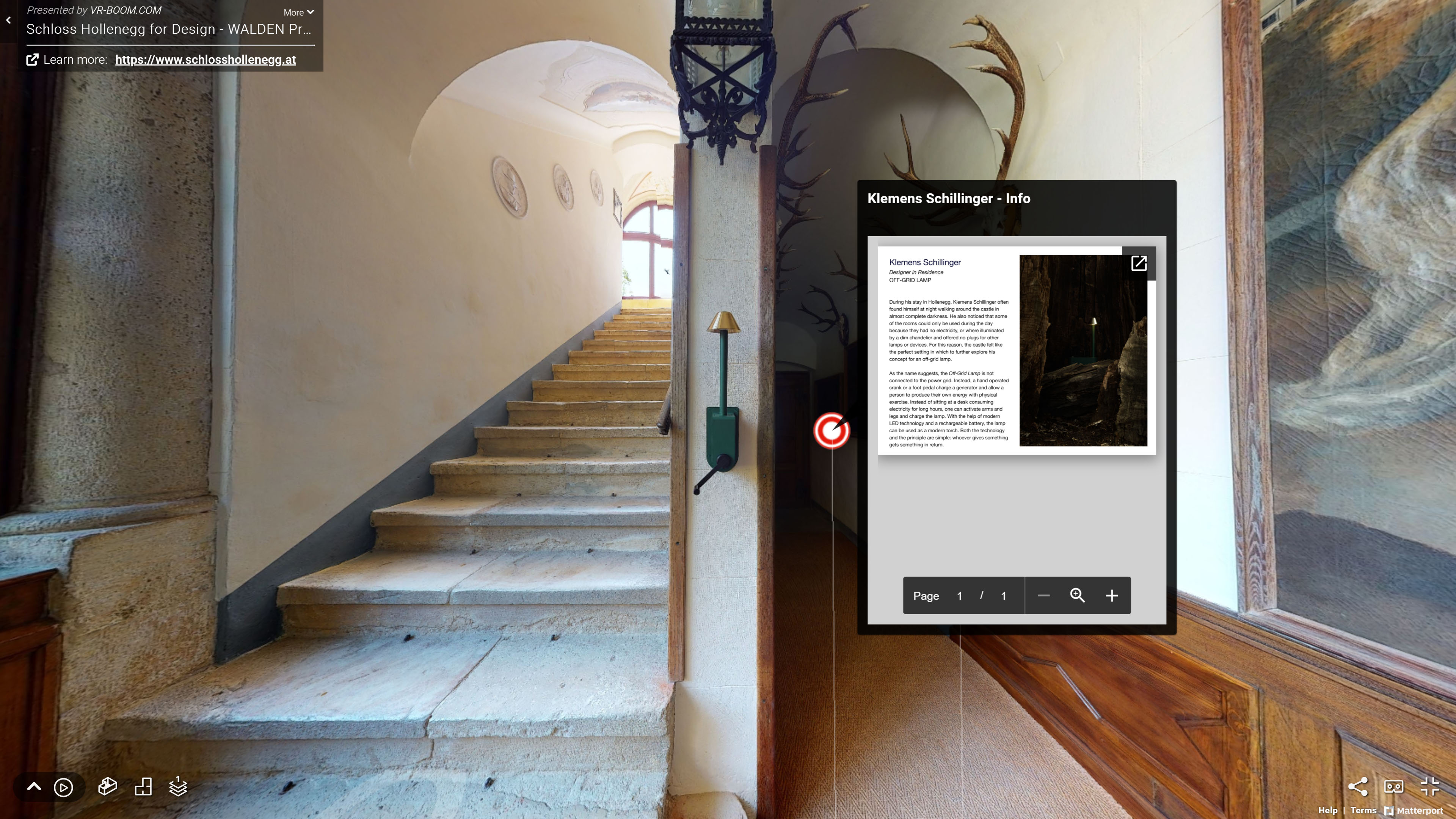
OFF-GRID LAMP, Klemens Schillinger, screenshot from virtual exhibition.

THE ARCH, Crafting Plastics! Studio, screenshot from virtual exhibition.
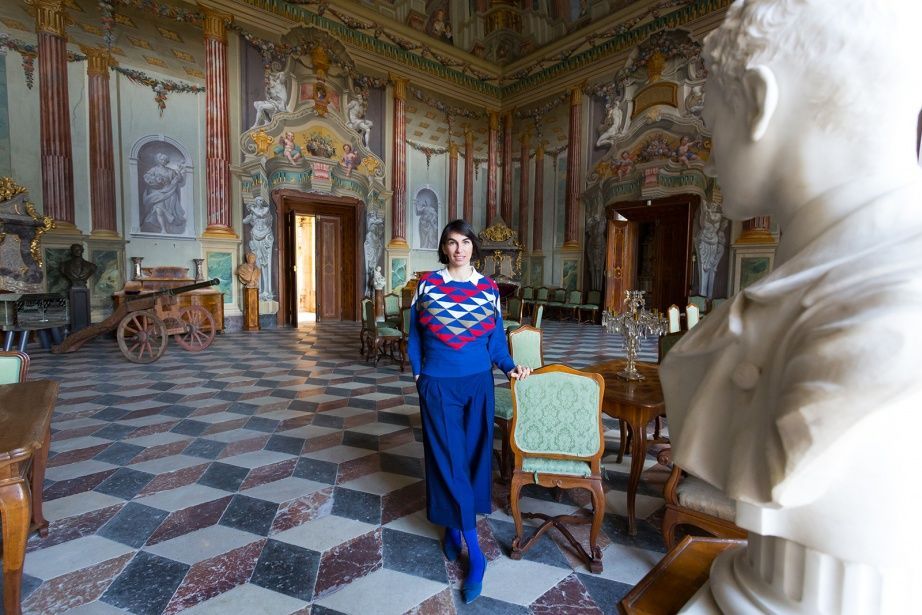
Alice Stori Liechtenstein
Interview with Crafting Plastics!
LH: What was it that appealed to you about the concept of the exhibition?
CP: The concept of the Walden exhibition had been presented to us during our residency at the Hollenegg castle in summer 2019. We spent here 10 awesome days. The owners made all the rooms accessible, such as halls with piles of valuable books, documents and artifacts of Liechtenstein family going back to the end of the 17th century. It was fascinating to see such a comprehensive collection, to be in this environment. The concept of the exhibition had just been taking shape at that time, but they’d got hold of the book by Italo Calvino – The Baron in the Trees – and that was the inspiration for the theme of Walden.
So we told ourselves that the exhibition should open discussions on present or future relationships between nature and a human being in a more natural, feral harmony. It was interesting to think about it against the backdrop of the 12th century historical building where it seemed that time has stopped and the wilderness in its surroundings did not have such an impact on it, as it has been maintained by the house of Liechtenstein for centuries.
Two things caught our attention – a clash of two worlds: the wild one vs. the inner one (inside the castle) that stood for a “safe” space. And then there was time that did not seem to pass in union with the materials used in the castle that have endured centuries. We spent a lot of time observing the surroundings from inside and decided to work with this in-between space. We wanted to work with the view of a landscape that is changed depending on the means/material through which we look.
On the other hand, we wondered how long our intervention should last, hold out. Should it outlast us, should it stay here for centuries? Or should we consider the present abundance of products and people and design things that would stay here just for as long as necessary and then they just “merge” with nature?
Most of our thoughts were focused on time and material. We set about to link the material of presence-future – natural bioplastic (very typical for us) – and a local material used by the house of Liechtenstein for centuries (they own a wood mill) – wood. We wanted to make an intervention that would be made of just these two materials, without using any screws or glue, so they could decompose in a few decades, not leaving any negative print behind. The construction was realised in collaboration with a dexterous designer and craftsman Peter Liška that has been working on the sustainable wooden joinery system for a long time.
The result is „The Arch”, a window whose task is to bring a new view of the surrounding landscape. The bioplastic sheets made of Nuatan are translucent and their design allows for changing their tonality with different phases of the day. At the same time, our window/wall is a functional and playful object, you can close and open different sections manually, by sliding and touching individual sheets.
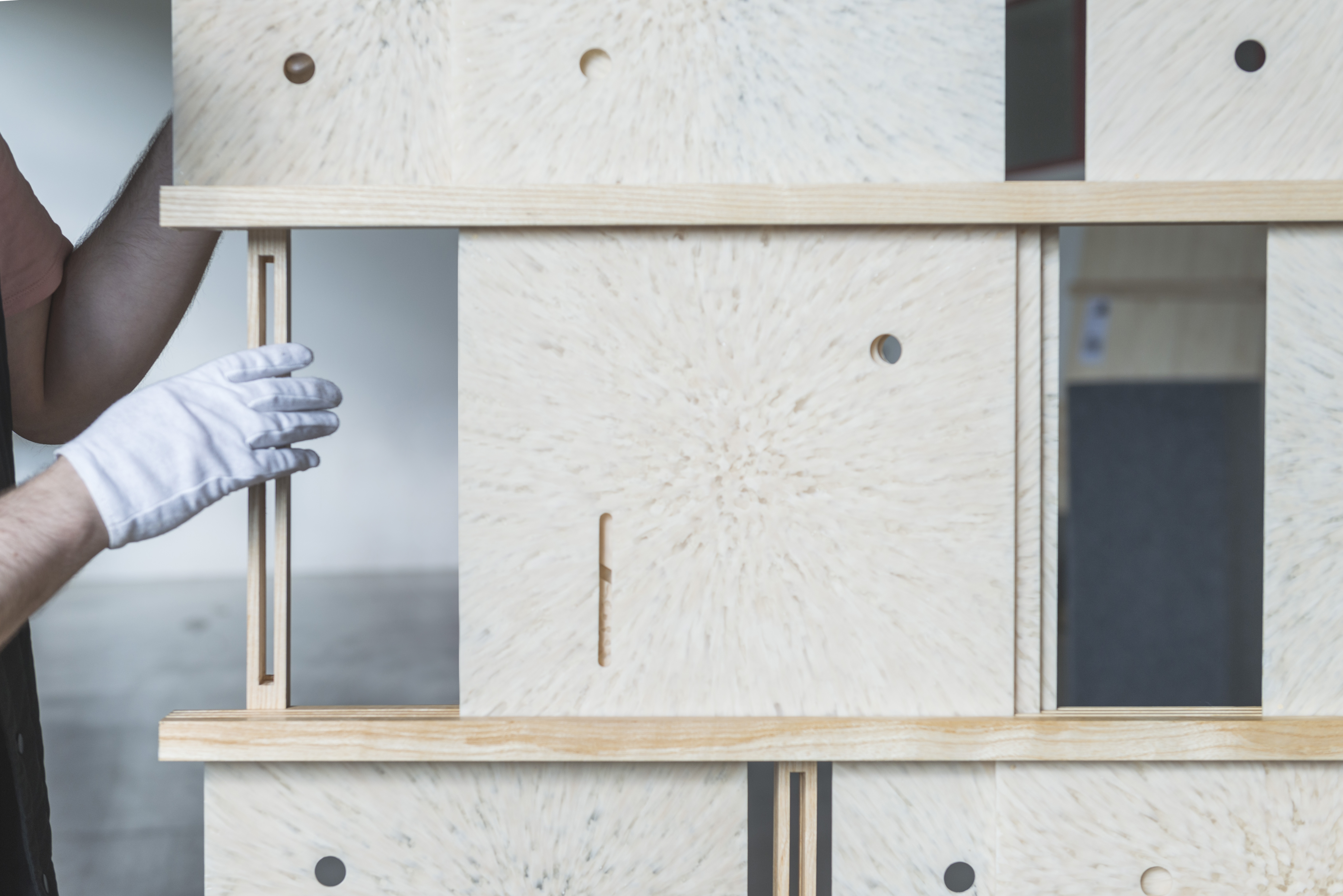
THE ARCH, Crafting Plastics! Studio, photo: Adam Šakový.
Your exhibition hashtags include the concept of circular design. Could you be more particular about it – how do you view it in the context of the exhibition and the design scene?
We see circular design as a starting point of sorts and it means to be aware of the whole life cycle of a product or project we work on. Circular design is a challenge to the prevailing linear way of designing and production. What matters to linear design is just the time of use of a product rather than its afterlife – what happens after should be tackled by someone else. However, we maintain that thinking about materials and considering their ecological impact should be a MUST for every designer and their practice. And when it happens, perhaps no special hashtags are needed any longer 🙂 The designers picked by Alice for this exhibition are creators committed to sustainable design. And it does not necessarily have to be about new materials. Many of them create new production processes or explore relationships between humans and other inhabitants of our planet. In fact, in the past five years circular design is coming to the fore more and more. It’s great, as there are many projects that go deep into the issue. We think that the task of designers should be to seek ways how their own practice could make the industry change their processes from linear to circular.
The exhibition is opening in the time of pandemic, i.e. when we felt quite hard how small we are in the face of nature. This knowledge was by chance one of the points of departure for the exhibition (by curator Alice Stori Liechtenstein). In what particular way did the pandemic interfere with the preparation process? Or with your work?
The pandemic actually gave us more time to submit the piece and Peter Liška did not break down 😀 (note by Miro Král).
Well, the making of the object itself was relatively lengthy. We knew what we wanted, but finding the final construction as well as continual designing and finetuning of details was carried out in the process. So we had a bit more time, which was good. Unfortunately, we could not install the object in person, although the whole exhibition was realised physically; its opening took place online. Last year we took part in the Ad Mensam exhibition in Schloss Hollenegg. The grand opening is always an unforgettable experience, yet there are not many people who would travel past Graz (that’s where the castle is located) during the exhibition. Due to COVID-19 crisis Alice decided to make a 3D exhibition.
So until the end of May, people could have a look at all the projects and open rooms on the websites of Schloss Hollenegg and Adorno. I guess it’s a great tool how to open up such a specific space to the broad public.
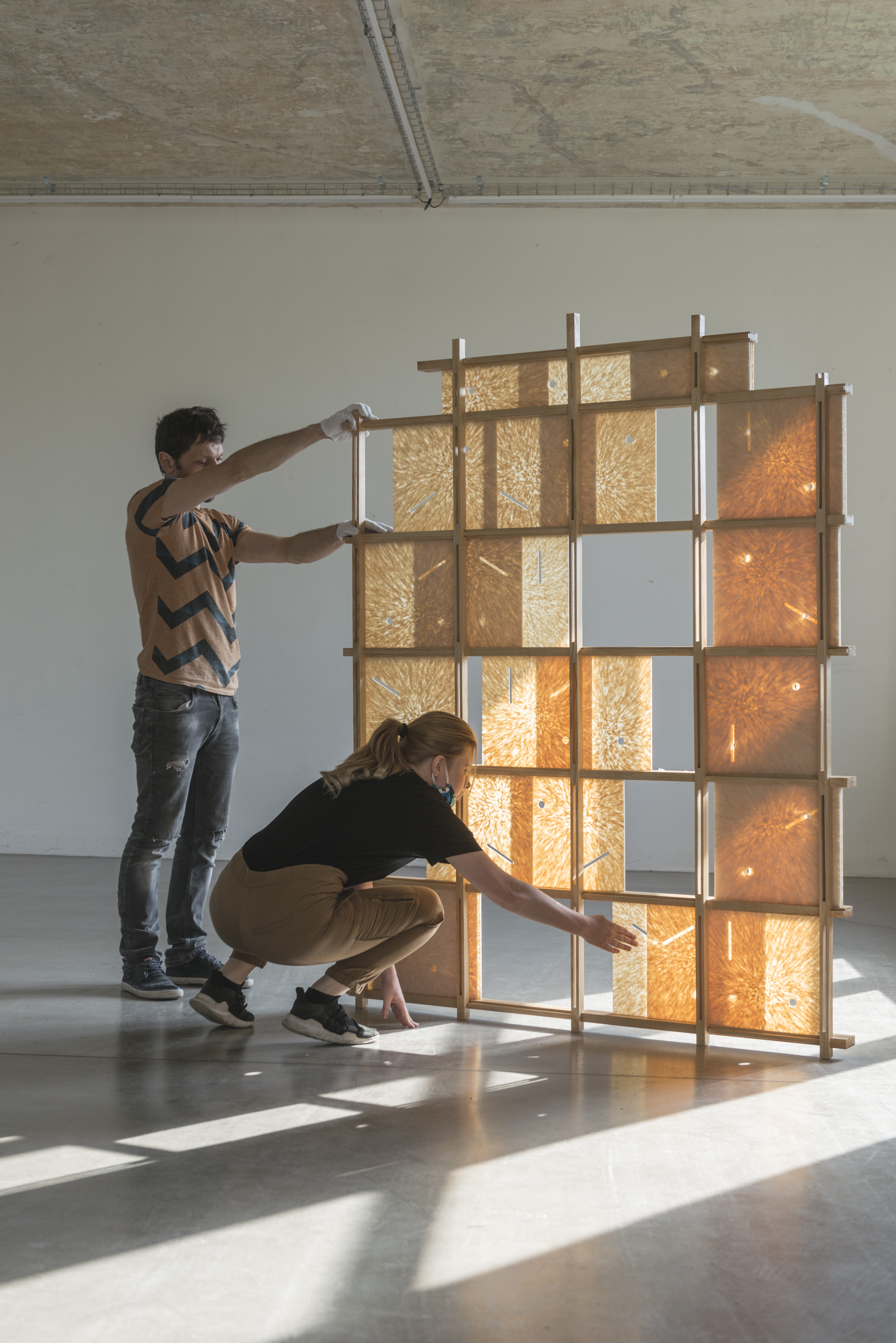
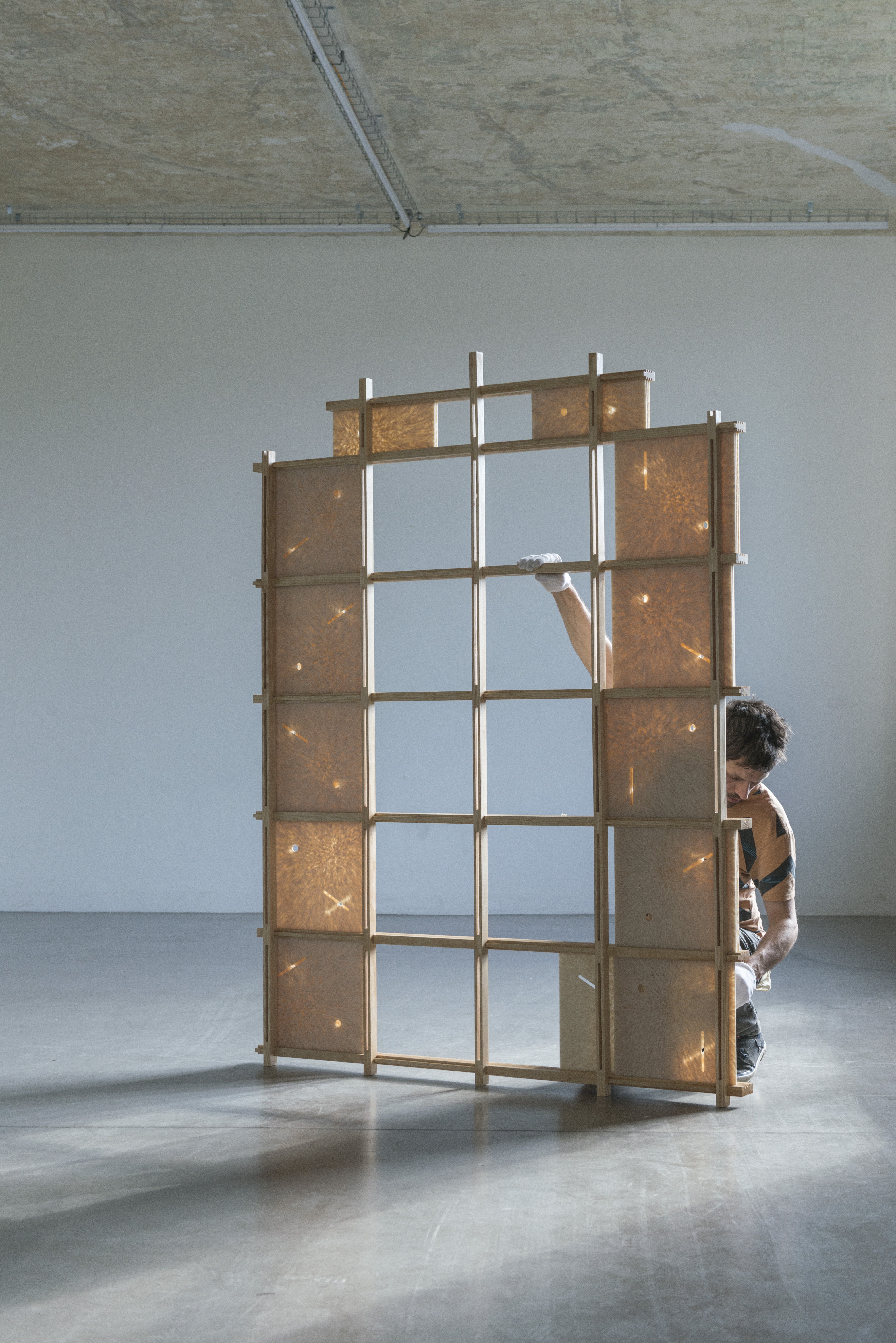
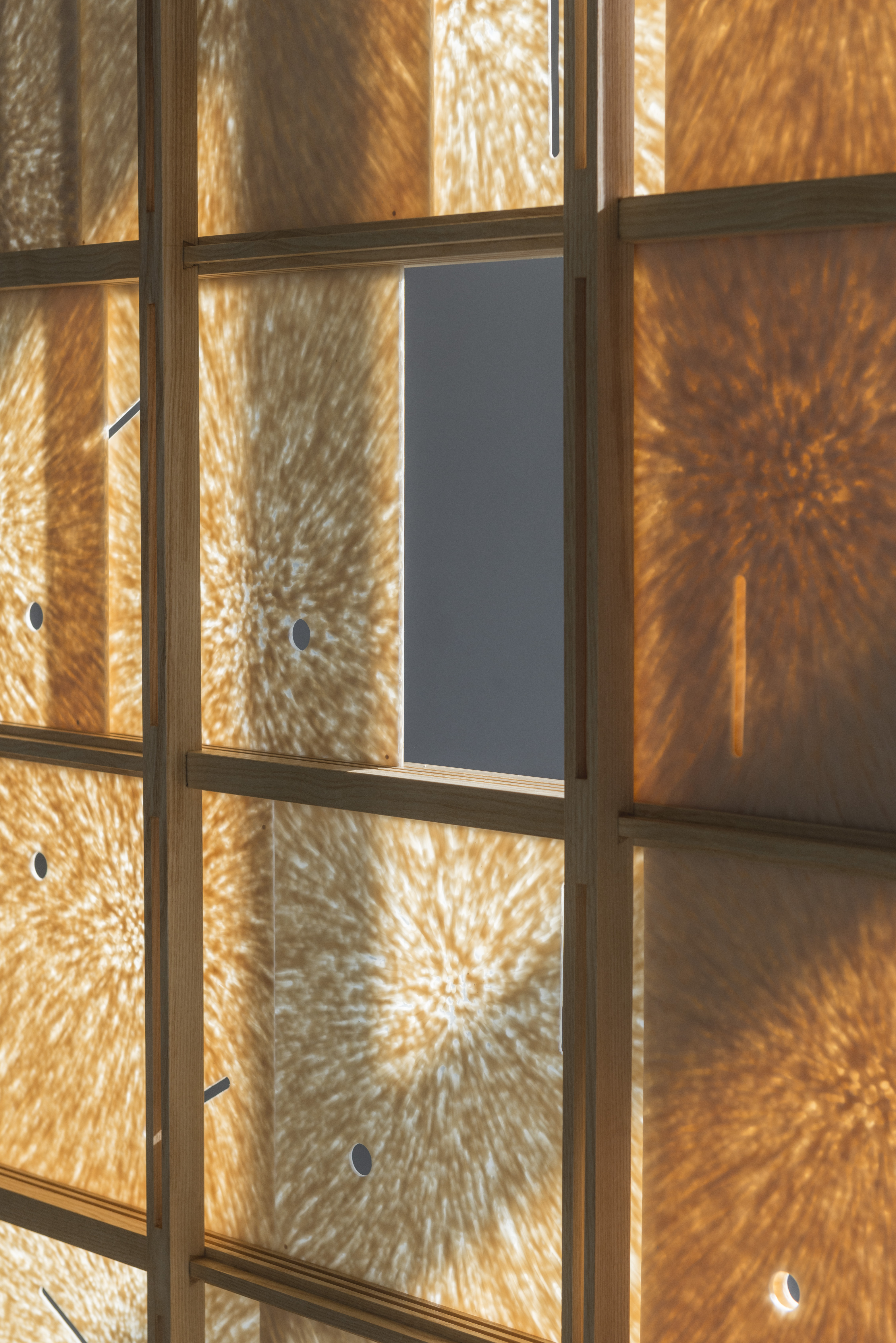
THE ARCH, Crafting Plastics! Studio, photo: Adam Šakový.
Which of the exhibits do you find most compelling and why?
We enjoyed the project by Jonas Edvard who used fungi, namely oyster mushroom. During a period of several weeks, he made a flexible textile using textile and hemp fibres, letting the mycelium grow through it. In the end, a solid composite structure came out and he used it to make a chair that can enhance the quality of the soil after composting. Another interesting project was Limited Grasses by our beloved mischer’traxler that belong to the projects addressing endangered insects and fungi. This one focuses on flora, particularly one species of crested wheatgrass, of which the specimens in Austria’s natural environment are estimated at about 200 plants.
And we should also mention Dry WC by Arvid & Marie that appears to be a totem, but in reality, it’s a dry toilet. The main principle of a toilet is to collect human waste for compost and fertilizer instead of flushing it. Dry WC is something like a memorial to an older system, an archeological relic of the future and an alternative for the present, a toilet hidden behind the smooth curves of the object. Or Summloch by BNAG – an interesting interaction between the object with buzzing holes. If you put your head into it, you will hear humming and the humming produced by you causes the object to resonate. Vibrations and tingling in your body should lead to a harmonious feeling of well-being. Either way, it’s hard to judge without physically standing next to the objects or even touching them. After all, we know them only from the virtual world.
I see, the limitations of the virtual world are evident and now after the pandemic it is clear it can only partially replace the real-life experience.
